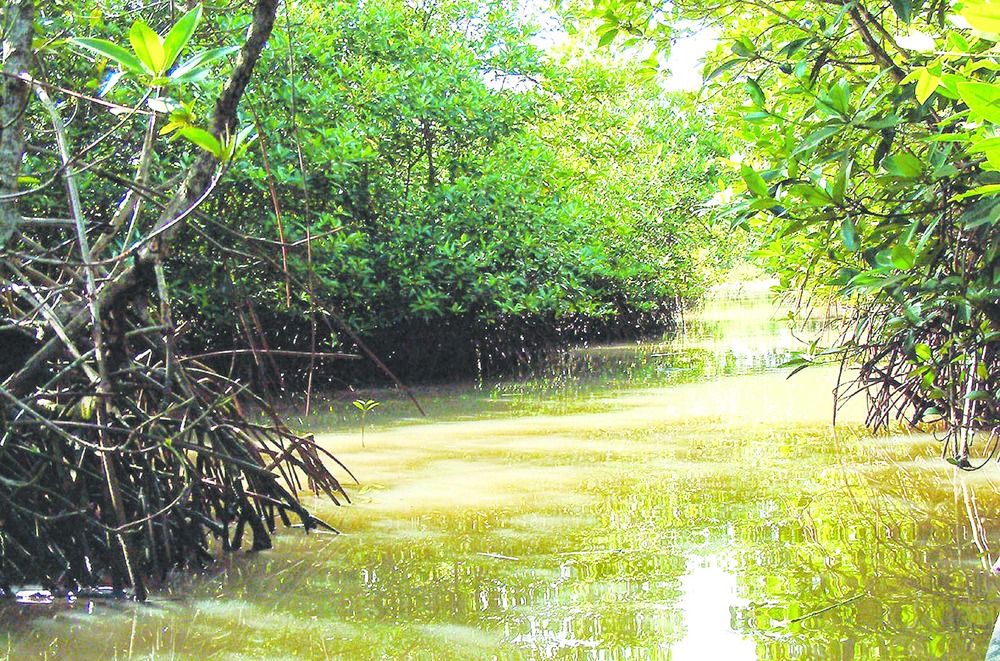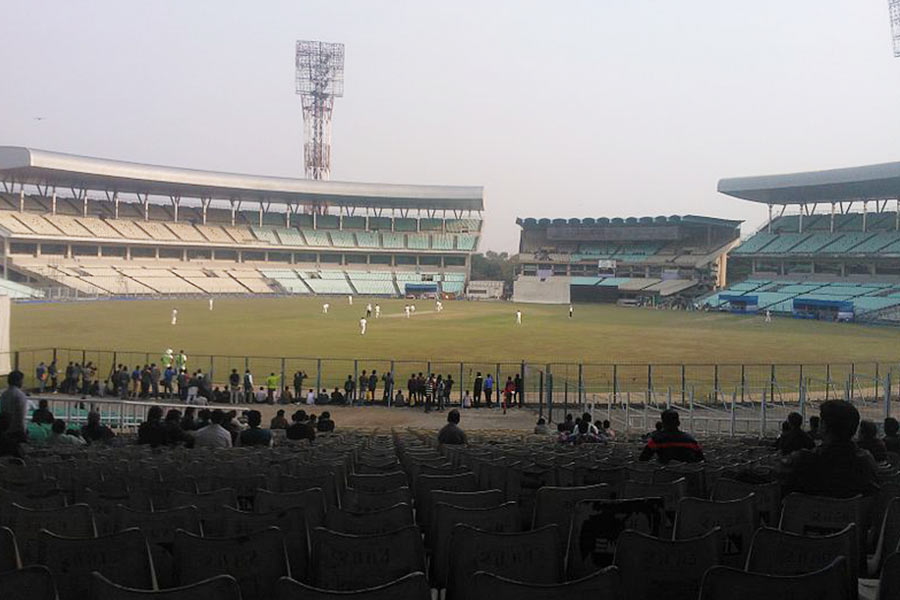
Paradip, Nov. 25: The headcount exercise of mammals inhabiting along the mangrove cover and wetland sites of the Bhitarkanika National Park is under way to assess the numerical growth pattern of the animals.
"The census of spotted deer, wild boars and hyenas has been undertaken for the second successive year in the national park. A status survey of these animals is vital for the study of growth pattern of species living within the Ramsar international wetland site," said Rajnagar mangrove divisional forest officer Bimal Prasanna Acharya.
"The aim is to ascertain the exact population of these mammals. By all indications, their numbers are on a steady rise because of the conducive environment and easy availability of food in Bhitarkanika," said Acharya.
The enumerators are carrying out the headcount on the basis of distinct footmarks of deer, boars and hyenas, said Acharya.
The headcount of estuarine crocodiles, migratory avian species and water birds is also undertaken every year. Olive ridley turtles engaged in annual mass nesting on the Gahirmatha beach are also enumerated. The Gahirmatha sanctuary comes under the administrative jurisdiction of the national park.
A couple of factors are contributing to the growth of animal numbers. The rich and lush-green mangrove forest has turned out to be an ideal habitat for hyenas, boars and deer. Lack of human interference in their habitation corridors has also emerged favourable. Besides, there is an imbalance in predator-prey base in Bhitarkanika.
"Unlike the Sundarbans, the Bhitarkanika mangroves are devoid of tigers. Only estuarine crocodiles prey upon these animals," Acharya said.
As many as 3,085 spotted deer and wild boars were found inhabiting in the national park according to the last year's census. However, the sighting of other mammals such as hyenas, fishing cats, wolves, jungle cats and foxes were on the lower side. While 1,872 spotted deer are inhabiting in Bhitarkanika, 1,213 wild boars had made the forest their home.
However, the spotted deer and wild boars are itinerant species, who stray into nearby human settlements and vandalise crops, triggering man-animal conflict, and recurrence of such conflict is an indicator of the rise in the animals' number.
Deer and boars apart, Bhitarkanika is home to nearly 2,000 mammal species. As many as 4,740 mammals were spotted inhabiting the park. The census break-up of other mammals is monkeys - 1,522 jackals, 305 common langurs, 39 otters, 38 sambar deer, 11 foxes, 10 mongooses, 7 wolves, 3 fishing cats and 1 hyena, according to last year's census.










